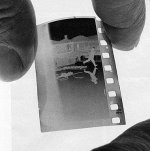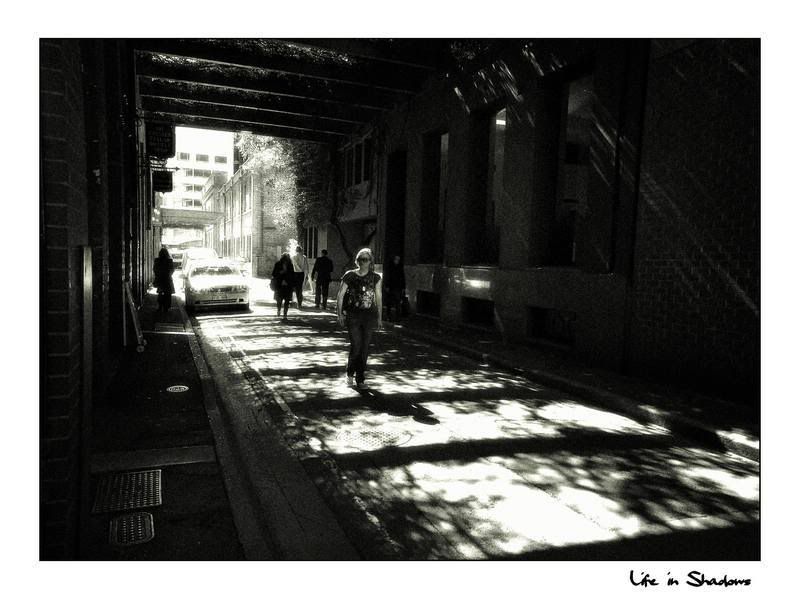Dangin’s latest invention is a proprietary software package called Photoshoot. (He employs six full-time programmers at Box.) Its aim is to imbue digital photography with a specific sensibility—an opinion about the way pictures should look—of the sort that film once offered. “I am doing this because of necessity, because I believe the way that digital photography is done today is so wrong,” Dangin said one day. “Photography as we knew it, meaning film and Kodak and all that, was a very subjective process. With film images you had emotions. You used to go out and buy film like Fuji, because it was more saturated, or you liked Agfa because it gave you a rounded color palette.” With a ten-dollar roll of film, he explained, you were essentially buying ten dollars’ worth of someone’s ideas. “Software, right now, is objective. ‘Let the user create whatever he wants.’ Which is great, but it doesn’t really produce good photography.”





